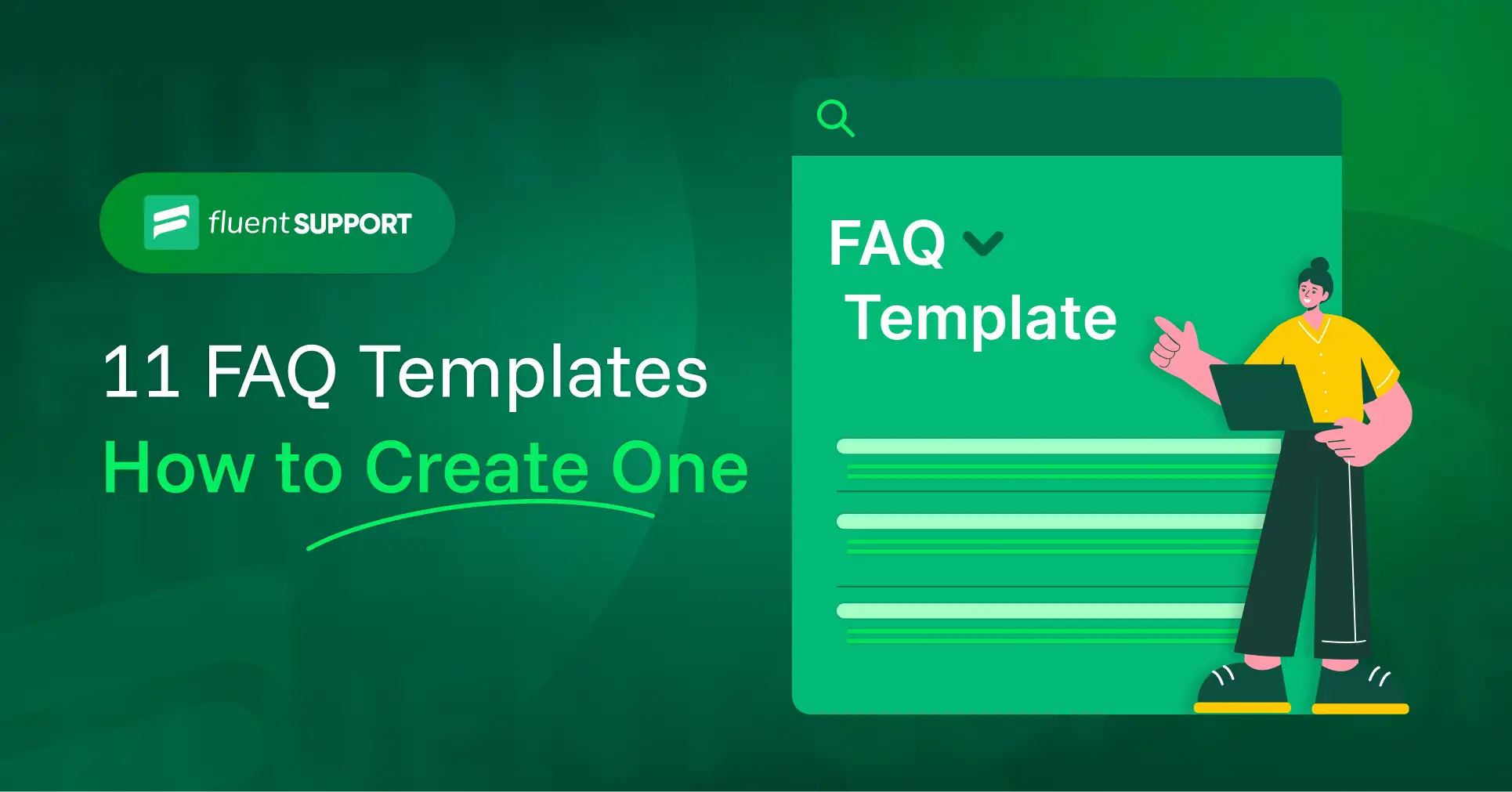
11 Epic FAQ Examples With [Downloadable Template] to Create Your Own
By Prosanjit Dhar
August 22, 2025
Last Modified: September 18, 2025
As a business owner, you shouldn’t overlook FAQ. Because it’s the first line of customer self-service. It cuts down repetitive questions, lowers support costs, and keeps customers from waiting.
On top of that, FAQs can boost your search visibility. As they often rank in Google’s People Also Ask.
So, let’s learn about FAQ and explore some epic FAQ templates that most of the flagship companies use.
What is an FAQ?
FAQ stands for Frequently Asked Questions. It’s a key part of knowledge base that provides answers to the commonly asked questions about your products and services.
Most importantly, it’s the easiest way for your customers to find what they are seeking without contacting customer support or searching thoroughly.
Basic structure of FAQ
As each FAQ starts with the question itself and is followed by a direct and concise explanation.
The basic FAQ structure looks like this:
FAQ question structure
Basic FAQ questions stay within 6 to 8 words (or, max 10) with a short, clear, and concise tone. Also, avoid vague or overly long phrasing.
Just like this:
Q. How do I reset my account password?
FAQ answer structure
And for FAQ answer, you should write a 25 to 40-word solution. But if more details are needed, then provide a link to a guide or resource.
For example:
To reset your password, click ‘Forgot Password’ and enter your email address. Then we’ll send you a reset link to your email. You can directly click the link to set a new password.
Besides structure, you should also know what type of information to include in an FAQ template.
FAQ template should include
Usually, FAQ templates follow a universal format of questions that apply across industries. While many of these work for any business, you’ll still need to create specific ones tailored to your unique offerings.
Account
General
Orders
Payment
Products/services
Shipping & delivery
Now let’s check a FAQ template to see how it looks.
Free FAQ template (downloadable)
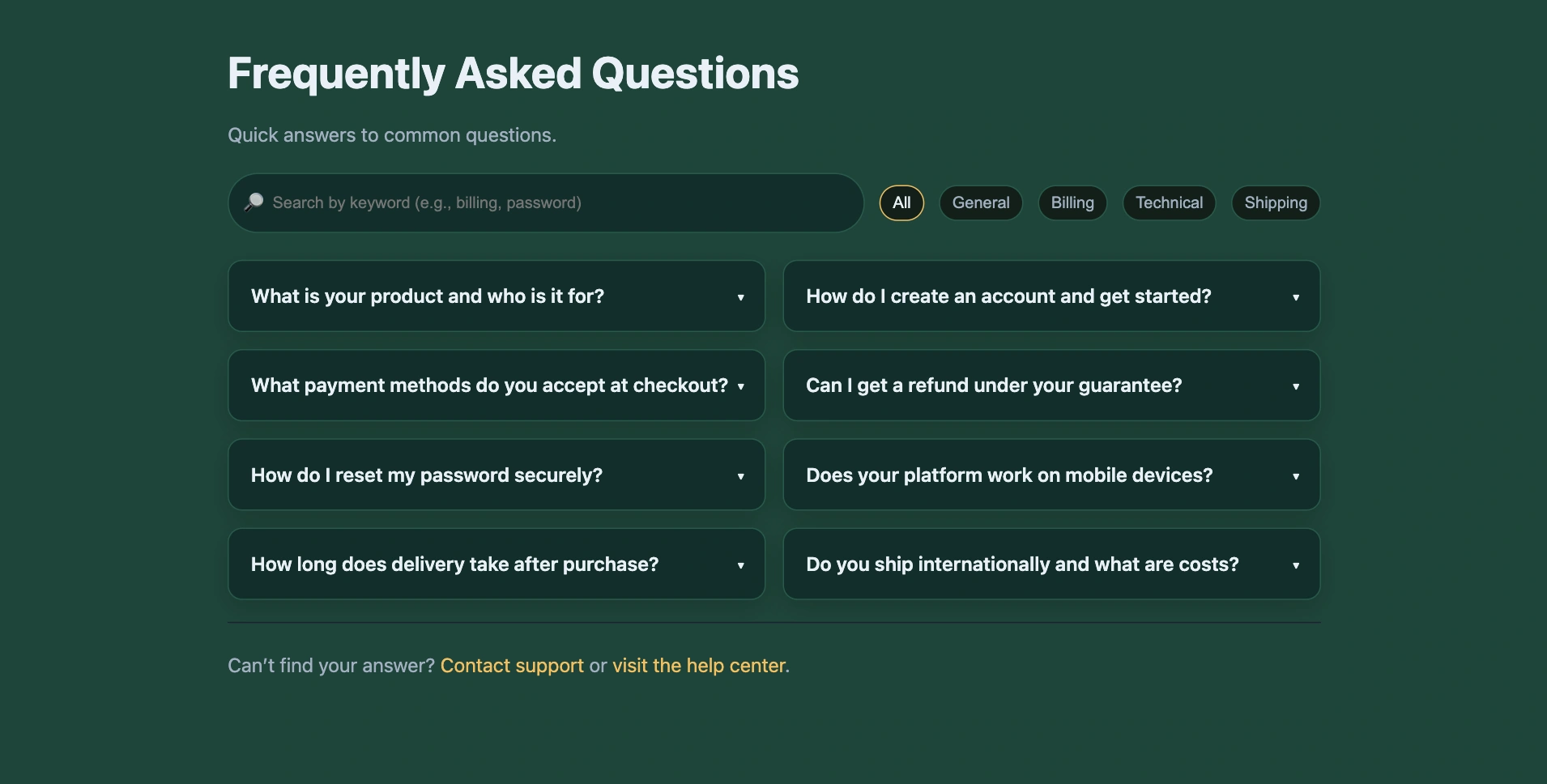
We’ve built a collapsible FAQ template with quick search and category filters. So, you can download it and use it on your website.
11 FAQ page examples
As companies are more diverting towards advanced UX, design, and self-service needs, they aren’t sticking with one typical FAQ format. Instead, many of them are using different types of FAQ pages to improve their customer experience.
Apple
Starting with a big shark, Apple is renowned for its self-service experience. So, without sticking to the typical model, they introduced a catalog of support categories.
Customers can pick a category to get detailed answers that lead them to a concise guide with the necessary steps, videos, and images.
Amazon
Moving to Amazon, their FAQ page works like a dashboard of choices. Instead of burying answers in long menus, they also grouped support into clear categories.
From “orders and returns” to “payments”, “Prime,” or “device help”, each path leads to direct solutions with simple guides and resources.
Netflix
But Netflix follows a basic FAQ structure and elevates it with a clean design and usability. Categories like “Account & Billing” or “Fix a Problem” expand into simple and well-organized lists.
The result feels intuitive, as users don’t waste time searching. Instead, they just click, open, and get answers right away.
Google builds its FAQ page around products. Instead of a single help list, users choose from icons like “Gmail”, “YouTube”, or “Drive”, and each hub leads to detailed guides.
Combined with a strong search bar, the design makes support feel quick, structured, and product-specific.
Spotify
Spotify mixes classic FAQs with new tools. Their help page is dark-themed, sleek, and organized into categories like “Payments & Billing” and “In-app features”.
On top, they’ve added an AI-powered assistant for instant answers, making support both modern and interactive.
Shopify
Shopify’s FAQ page is built for action. Instead of vague answers, every section links directly to tutorials, pricing plans, or setup guides.
From selling online to using custom domains, users can move from question to implementation in just a click.
Zappos
Zappos is well known for its customer service and FAQ approach. Their FAQ page is packed with plain-language questions about “returns”, “refunds”, and “shoe sizing”, things customers ask most.
It feels practical and customer-first, which reinforces their reputation for hassle-free service.
WordPress.com
Instead of just answering questions, WordPress.com blends its FAQ page into tutorials on creating, editing, and growing a site.
Each section feels like a mini-course, which helps users learn by doing rather than just reading.
FluentCart
FluentCart, the new eCommerce sensation of WordPress, structures its FAQs by audience (shop owners, developers, and digital or physical sellers).
Each section answers practical setup and customization questions with clear, no-fluff explanations. It feels targeted and helps users find solutions based on their exact role.
Airbnb
Airbnb designs its FAQ page around user roles. Guests, hosts, and admins each see tailored support, whether it’s managing reservations, hosting essentials, or travel admin needs.
Paired with visual guides like “AirCover” and “Getting Started”, the help center feels personal and easy to navigate.
PayPal
PayPal’s FAQ page is structured around trust and security. Categories like “Payments and Transfers” or “Disputes and Limitations” address the most sensitive concerns.
With direct and clickable questions like “How do I get a refund?” or “Why was my payment declined?”, the design builds confidence while solving problems fast.
Easily integrate BetterDocs with Fluent Support without any hassle!
Now that we’ve explored how different FAQ pages are designed, it’s time to put the insights into action. Grab your notes, because next we’ll dive straight into creating an FAQ page of your own.
How to create an FAQ page on your own: 6 best practices
Your customers’ self-service experience depends on an FAQ page. That’s why it should be built with user data, easy navigation options, and proper visuals.
Here are 6 easy steps that will help you create one of your own.
1. Collect need-specific questions
As you know, the purpose of an FAQ is to solve customer problems before they turn into support tickets.
A good starting point is your own data! Start with checking past support tickets, emails, community, or chat logs. Then try to identify the questions that come up again and again. Once you identify those recurring patterns, make a list for your FAQ.
2. Group them into clear categories
After creating the question list, break it into categories that make sense.
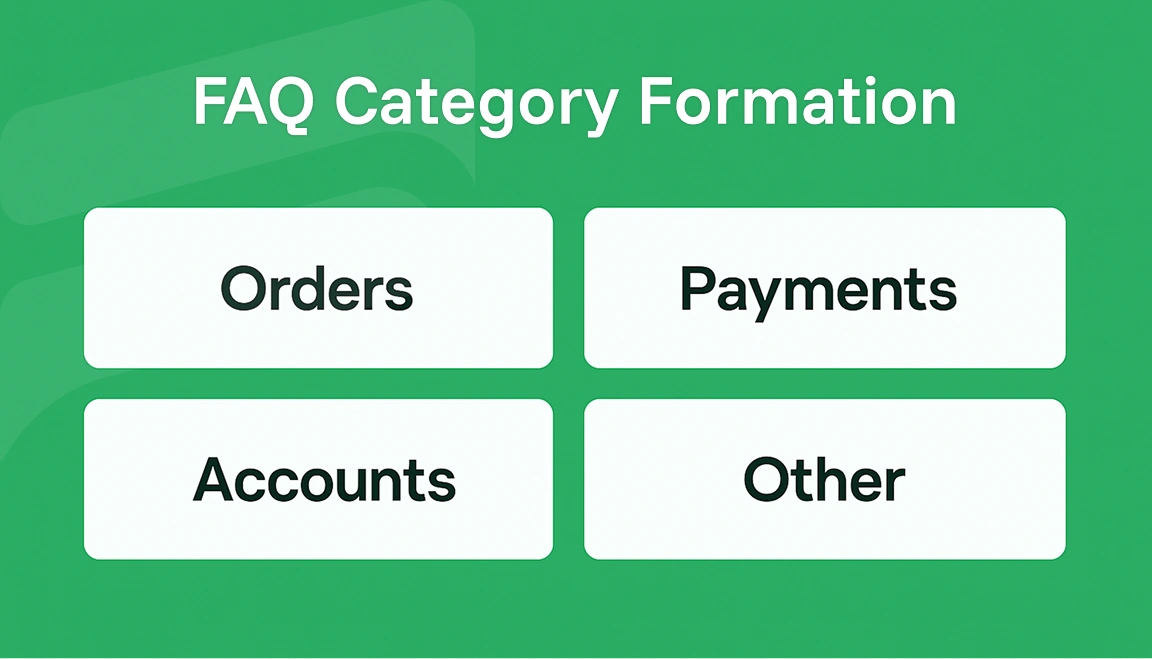
Such as,
These categories will give your customers an instant sense of direction and cut the time it takes to find an answer.
3. Write short and concise FAQ answers
Customers don’t read FAQs for stories; they read them for solutions. Keep your answers short, concise, and within a 25 to 40-word limit. You can ask ChatGPT or any AI writing tool to do that for you.
Here’s a prompt that you can use to write FAQ answers with ChatGPT:
Write this answer for a FAQ section with a synchronized and concise tone. Your copy should be action-focused and well organized, with a 25 to 40-word limit.
4. Design for quick navigation
But even the best answers are useless if customers can’t find them. That’s why structure your FAQ with an easy-to-scan and easy-to-click UI.
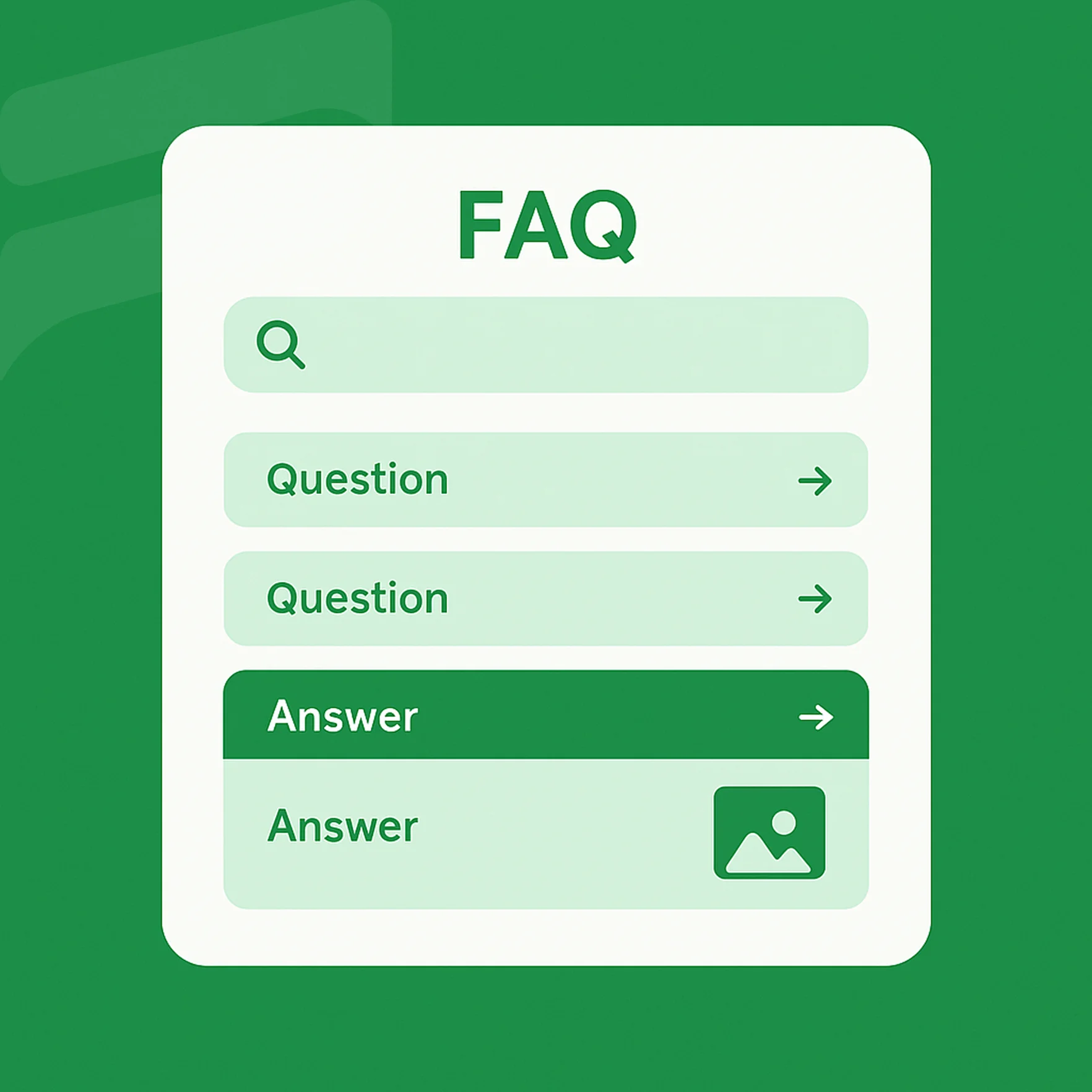
Modern FAQ structure includes:
Also, you can take one of the above-mentioned brands’ FAQ pages as an example.
5. Add your brand’s touch
This is where you make your FAQ stand out. Like Airbnb personalizes by role, PayPal reassures with dispute guidance, and WordPress teaches with tutorials.
Decide what matters most to your audience.
Then add those touches to make your FAQ feel tailored and personalized.
6. Start with a template and make it yours
Hopefully, you don’t have to start it from scratch. Use our given FAQ template by replacing placeholder categories and FAQs with your real ones or adjusting the design to match your brand.
And that’s it! You’ll come up with an FAQ page that focuses on your customers’ problems as well as reflects your brand’s voice.
Keep everything alive
Lastly, FAQs aren’t a one-time project. Instead, it’s an ongoing conversation with your customers. As your product evolves, new questions will inevitably arise, and old answers may become less relevant.
That’s why you should treat your FAQs as a living page. Revisit them regularly, update outdated answers, and add fresh ones that reflect what customers are asking.
Frequently asked questions
Here are the answers to some common questions.
Start off with a powerful ticketing system that delivers smooth collaboration right out of the box.






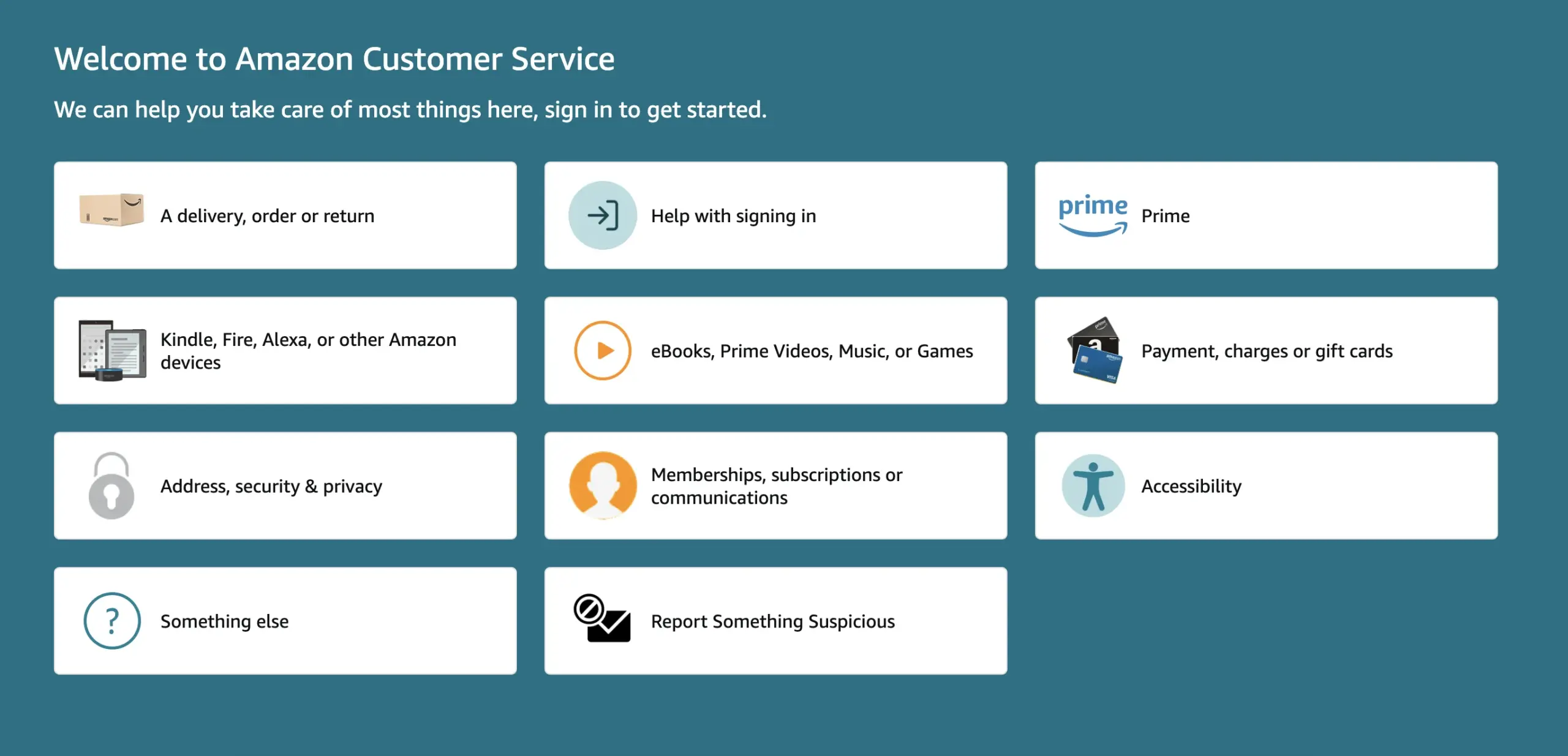
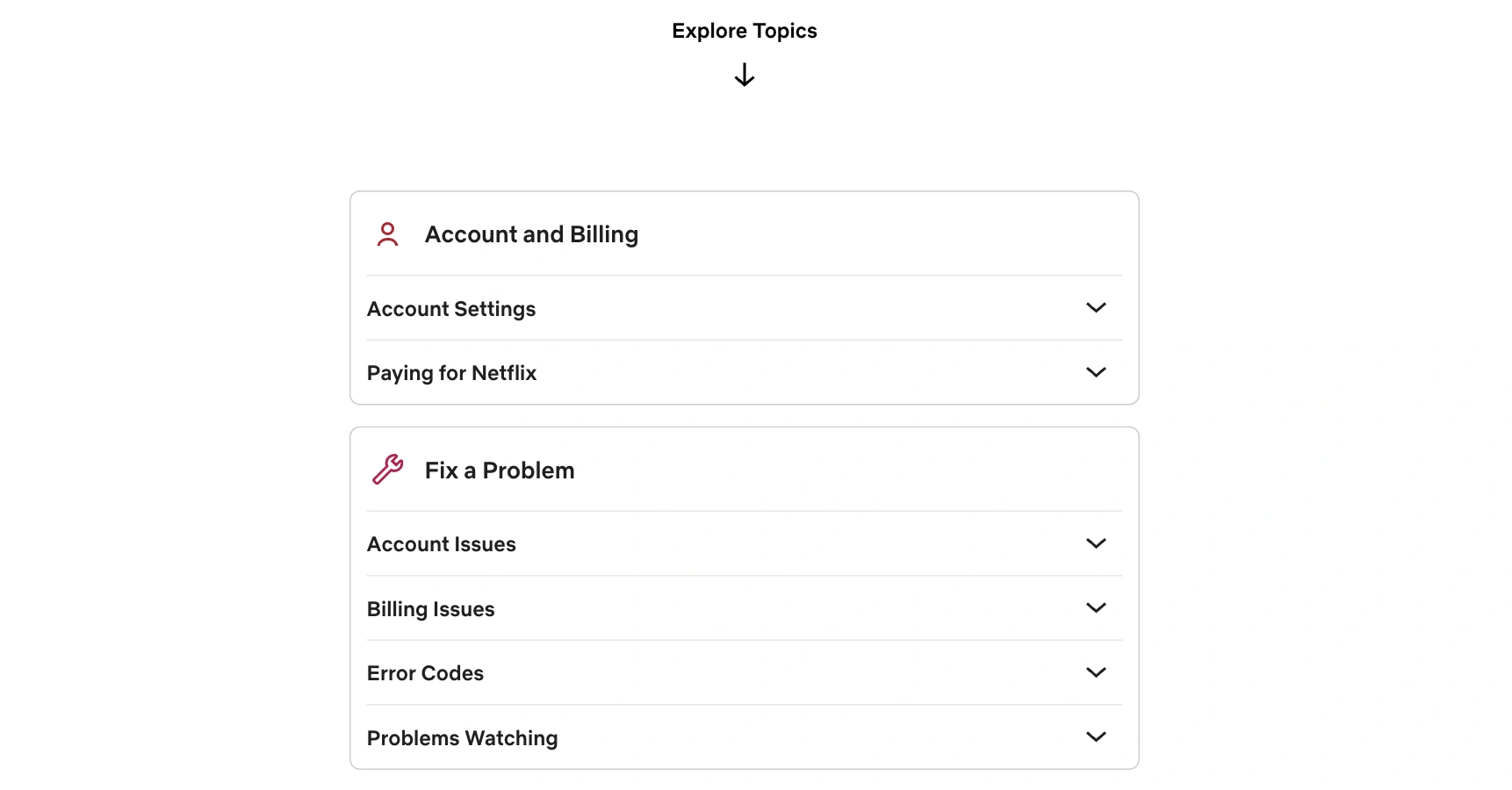
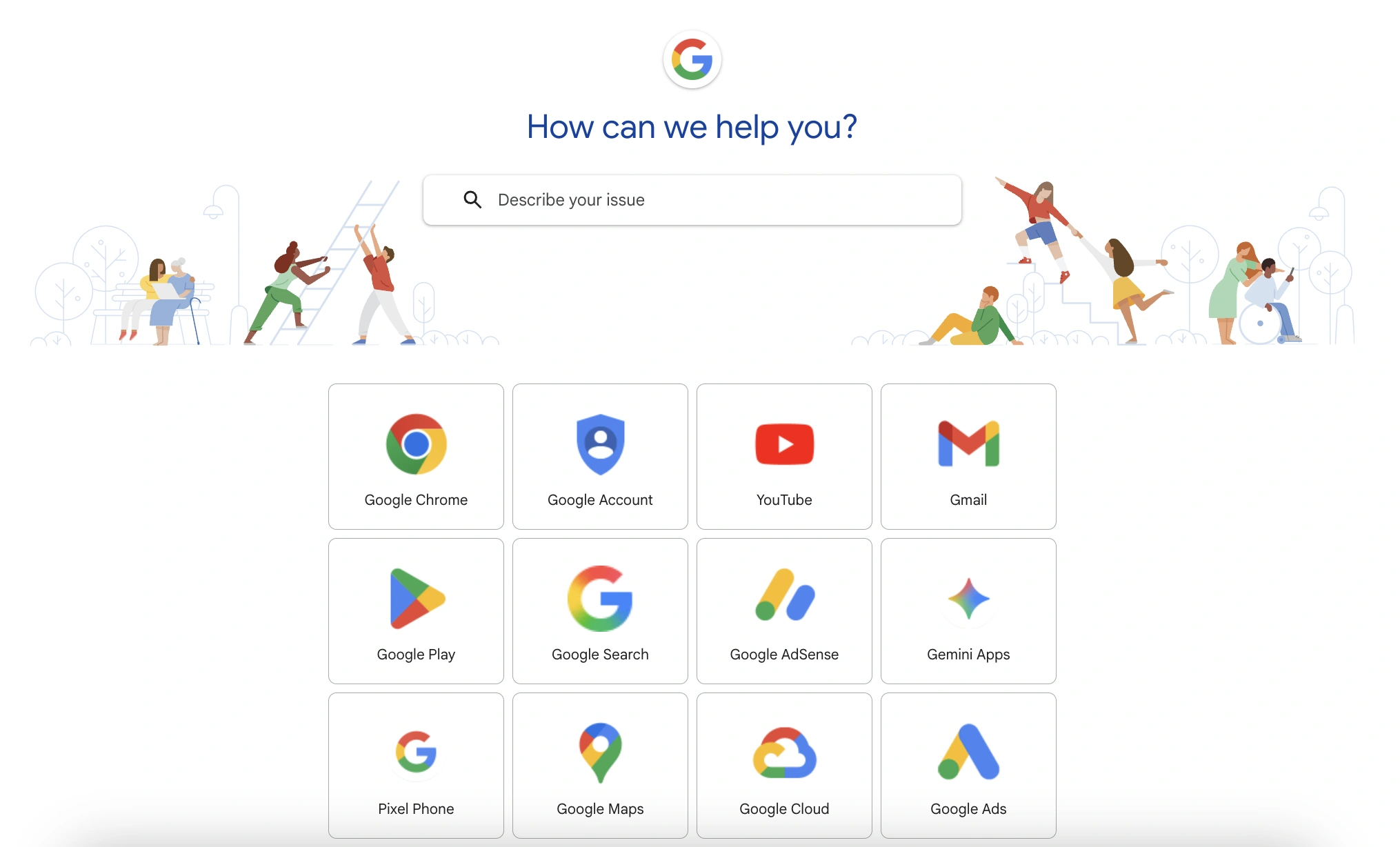
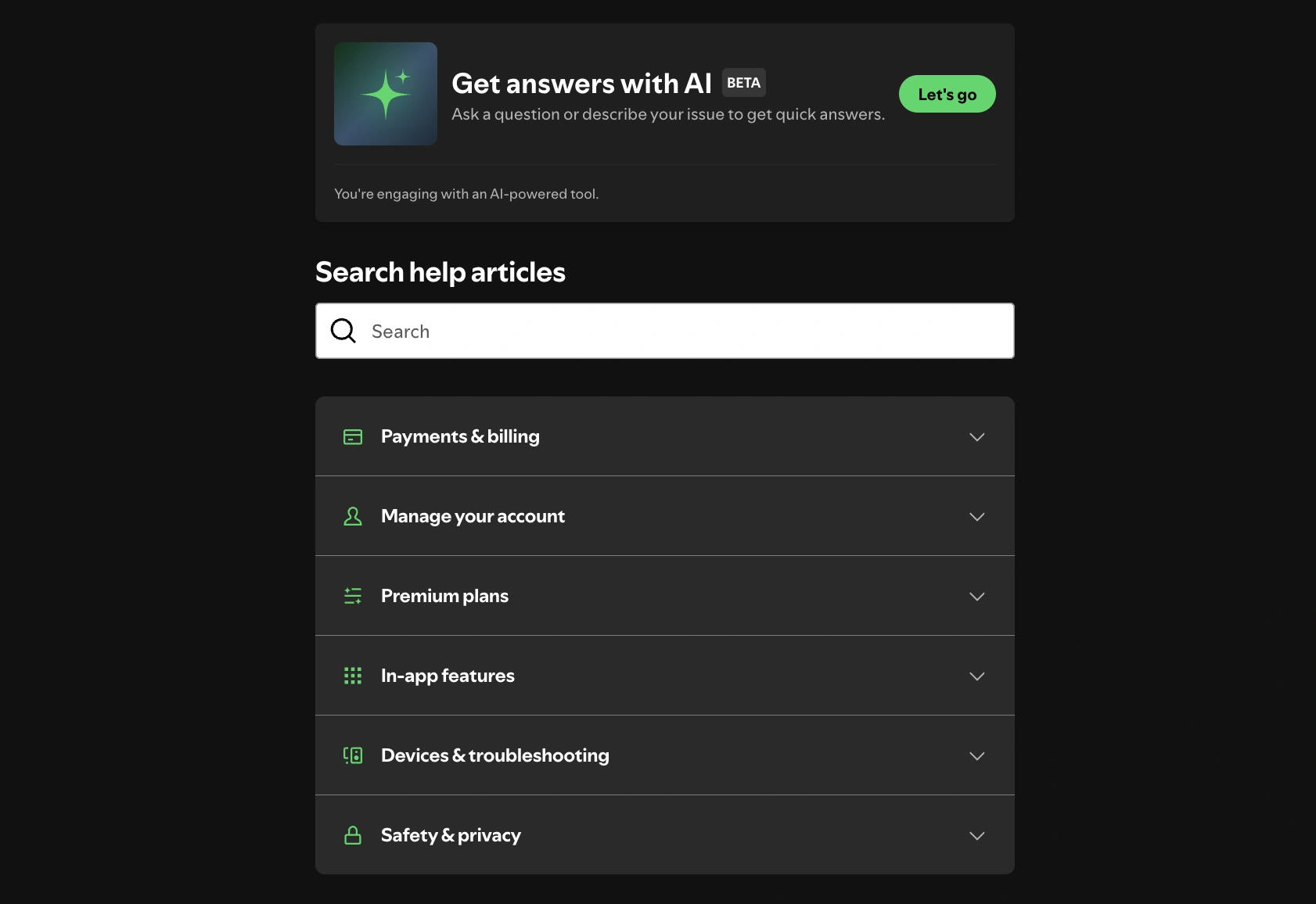
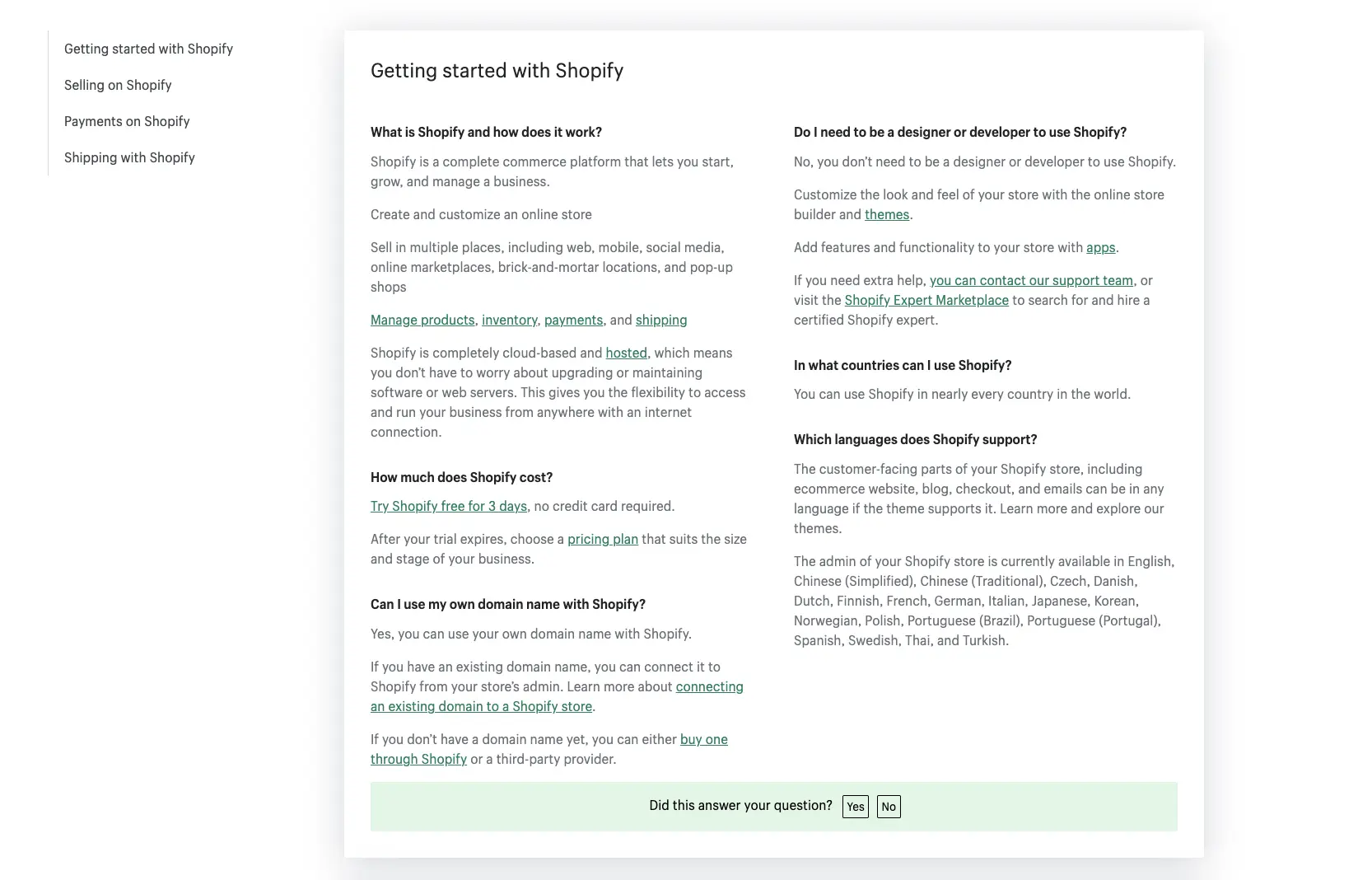
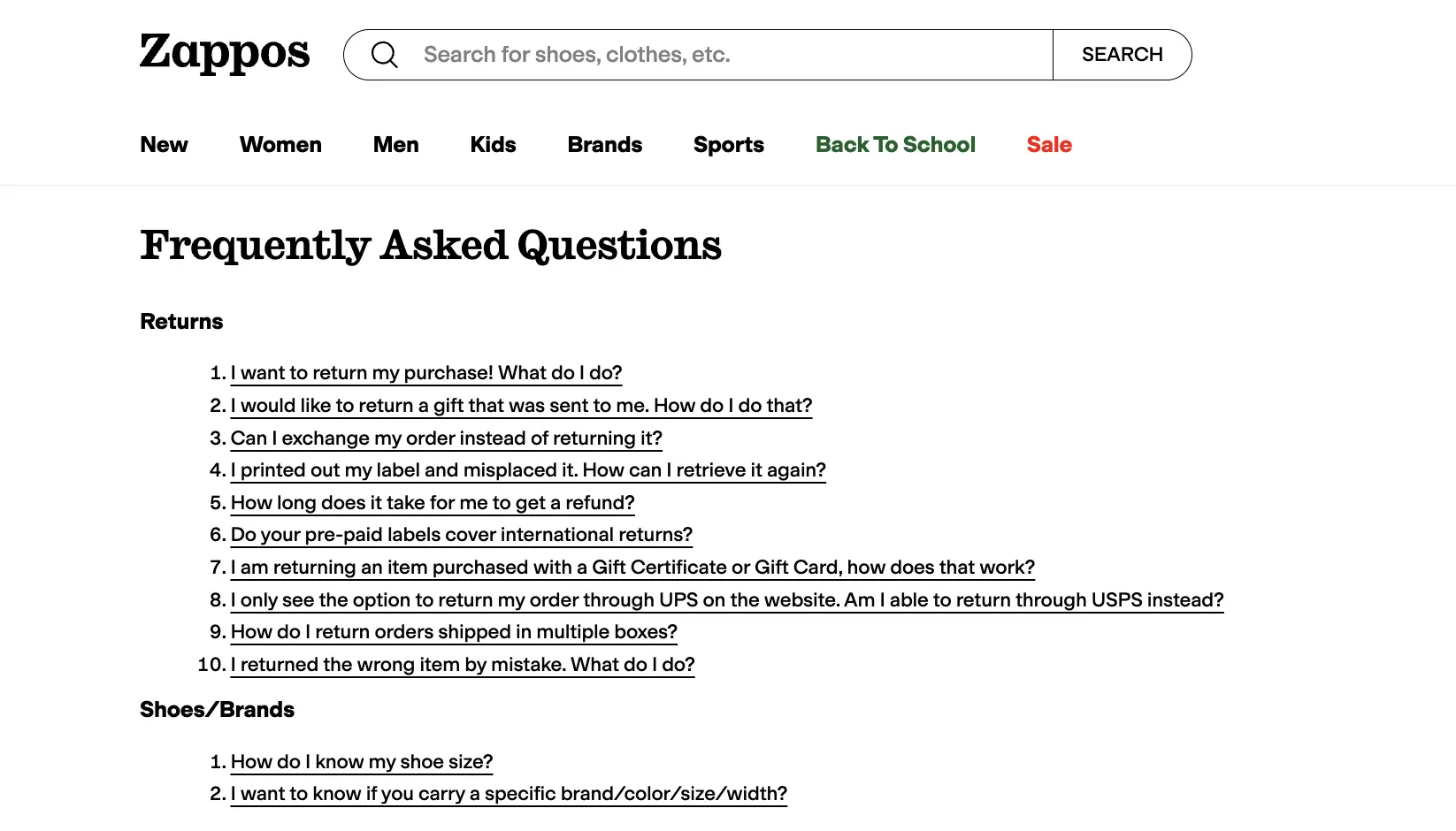
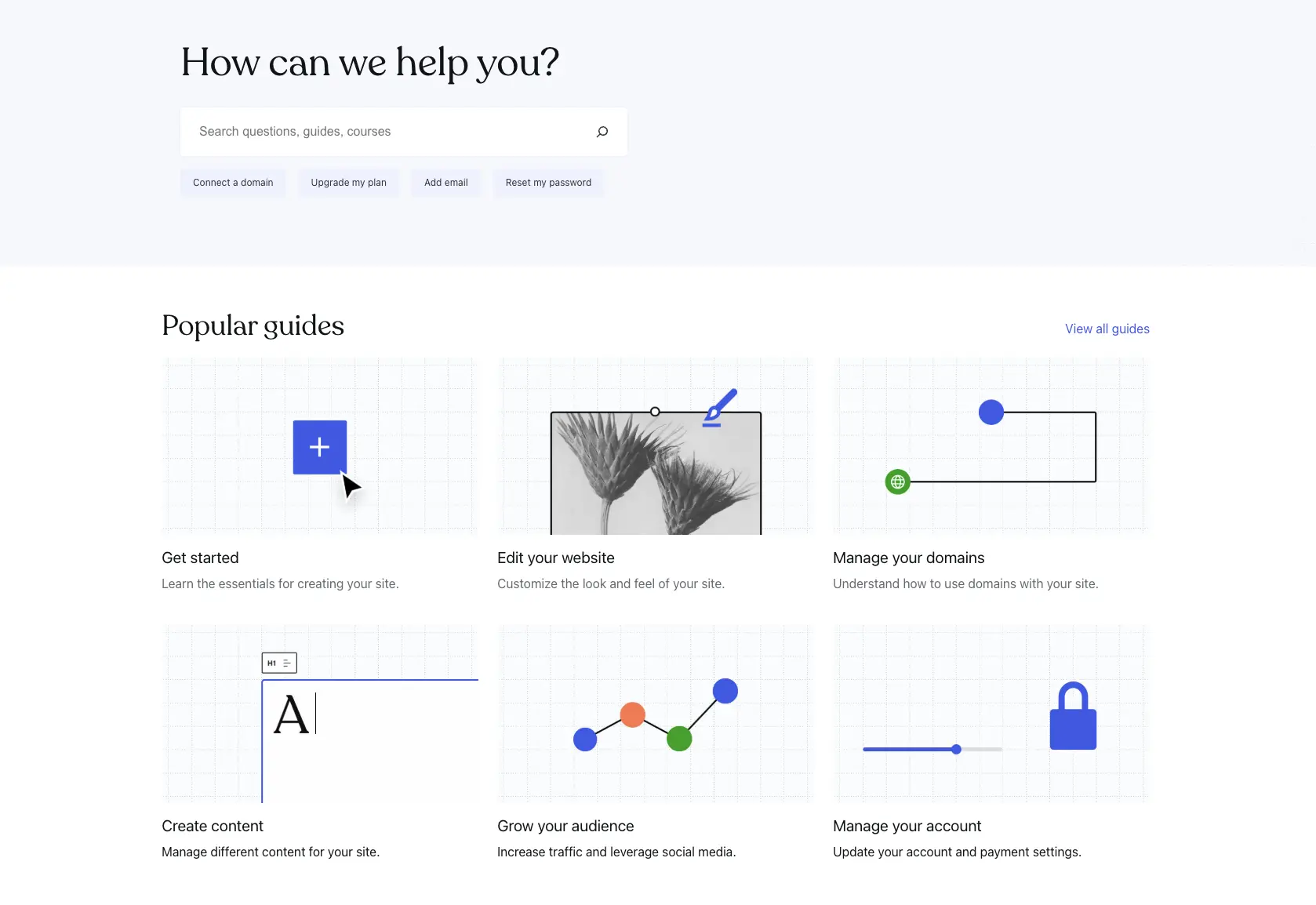
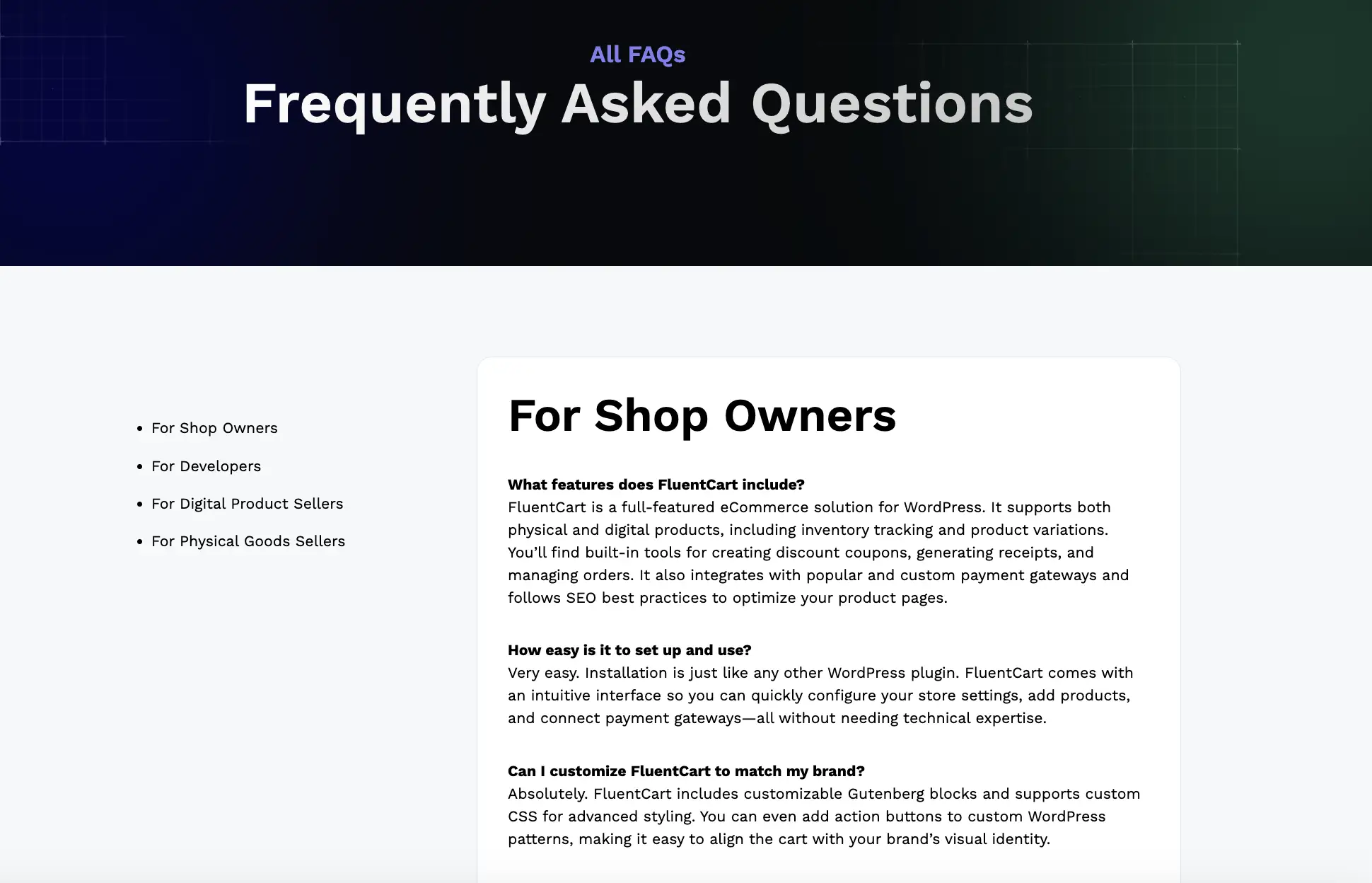
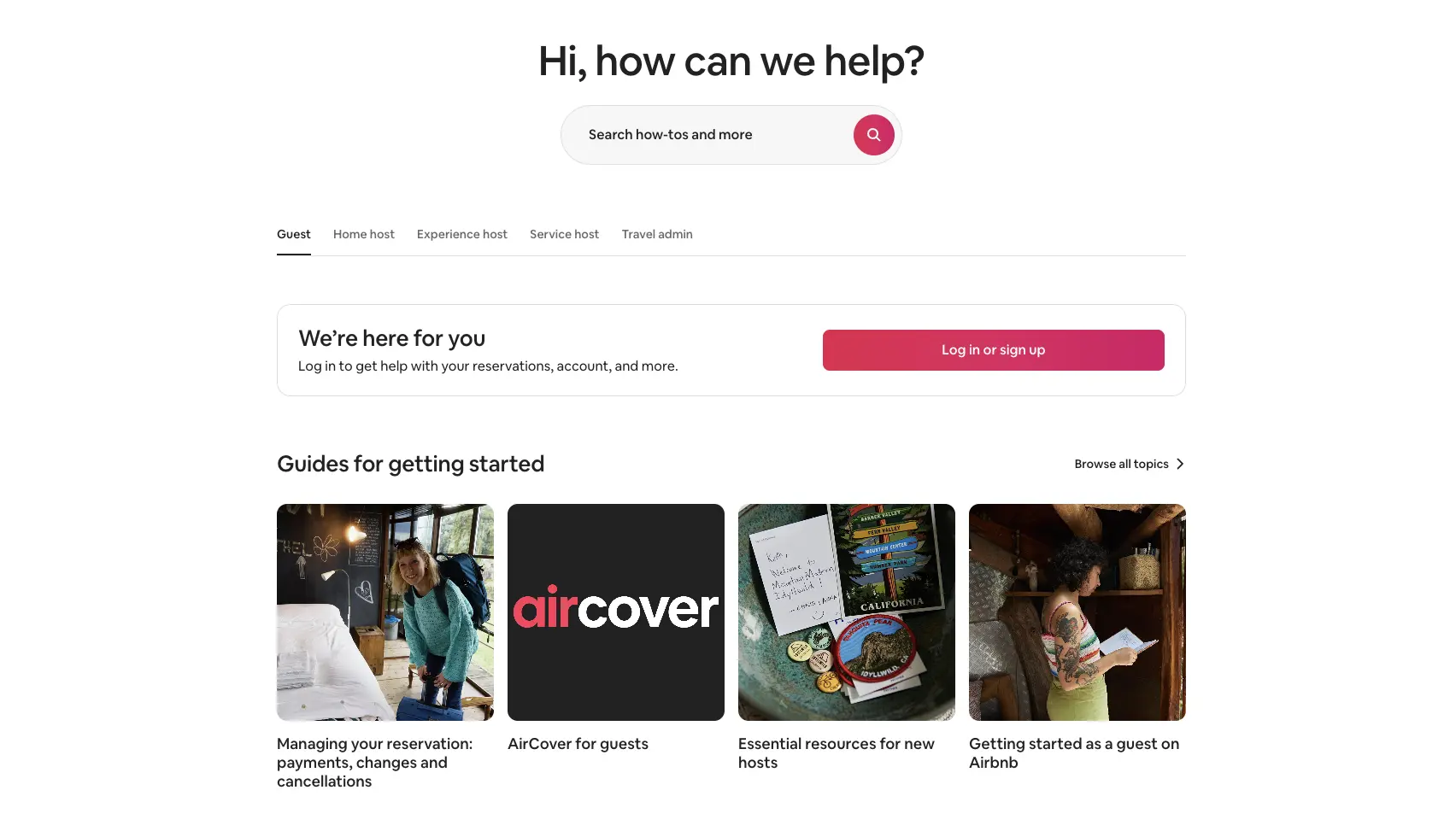
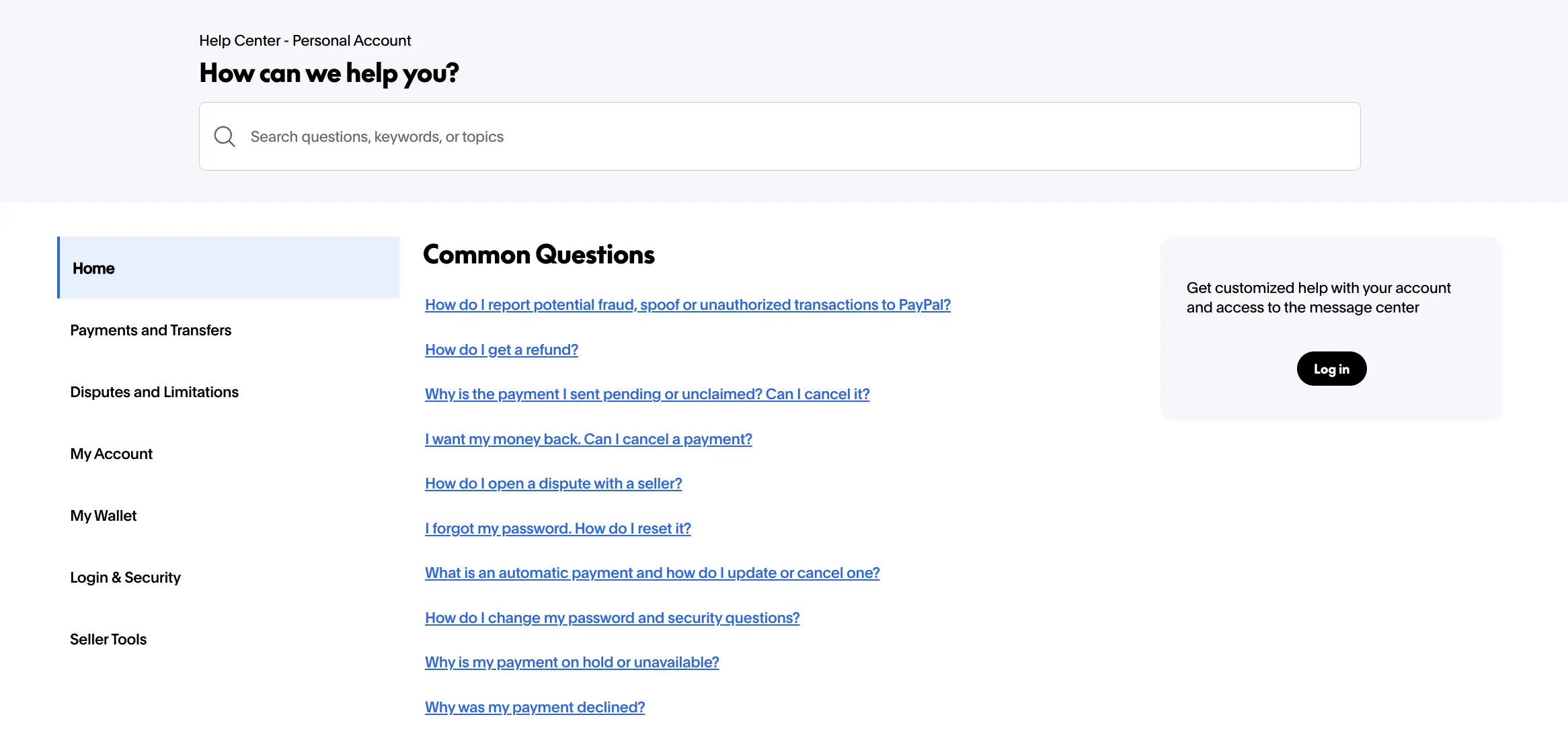
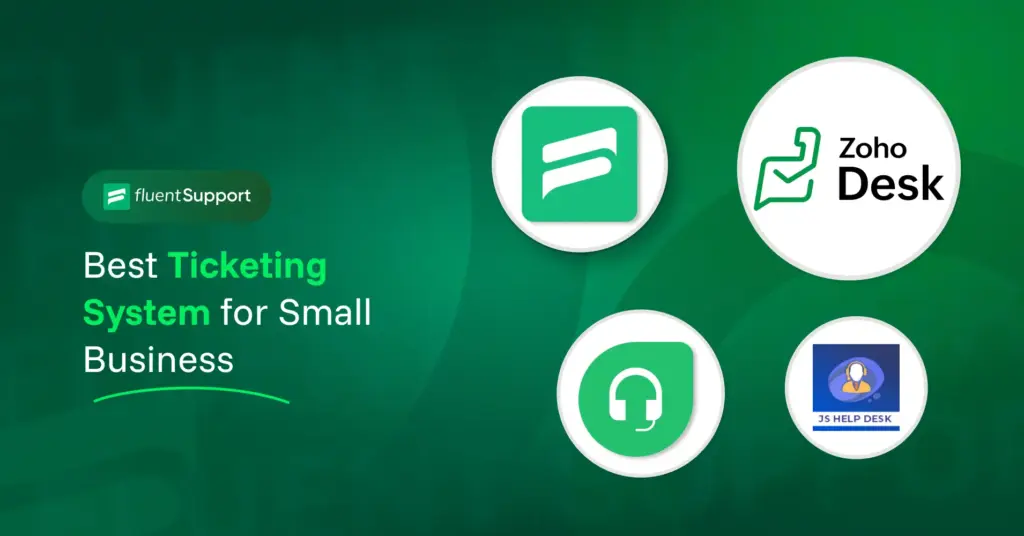
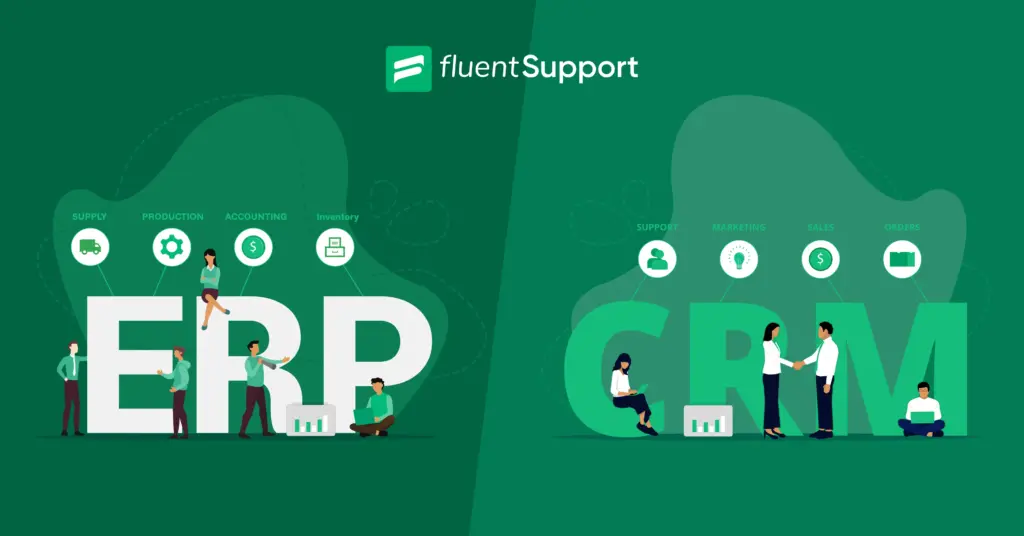
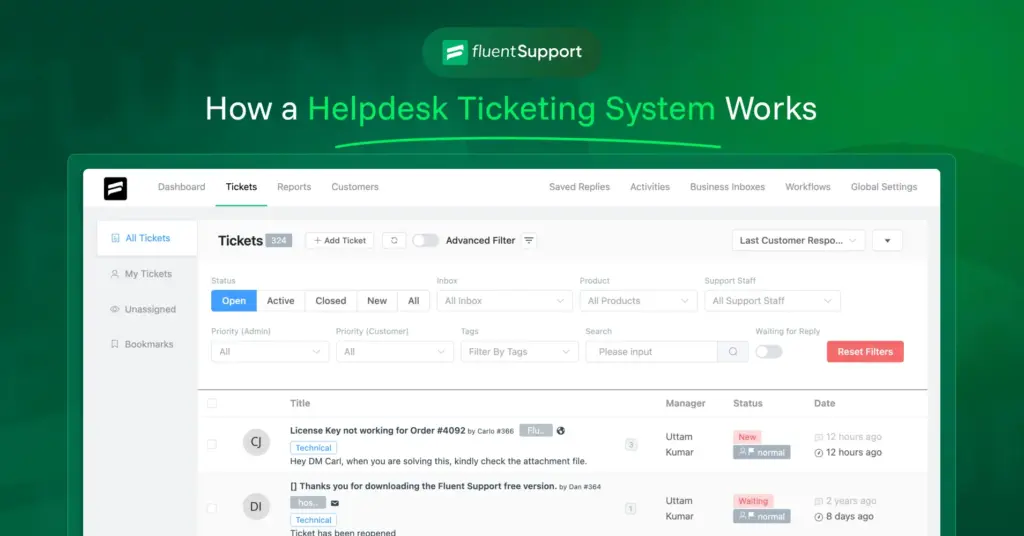
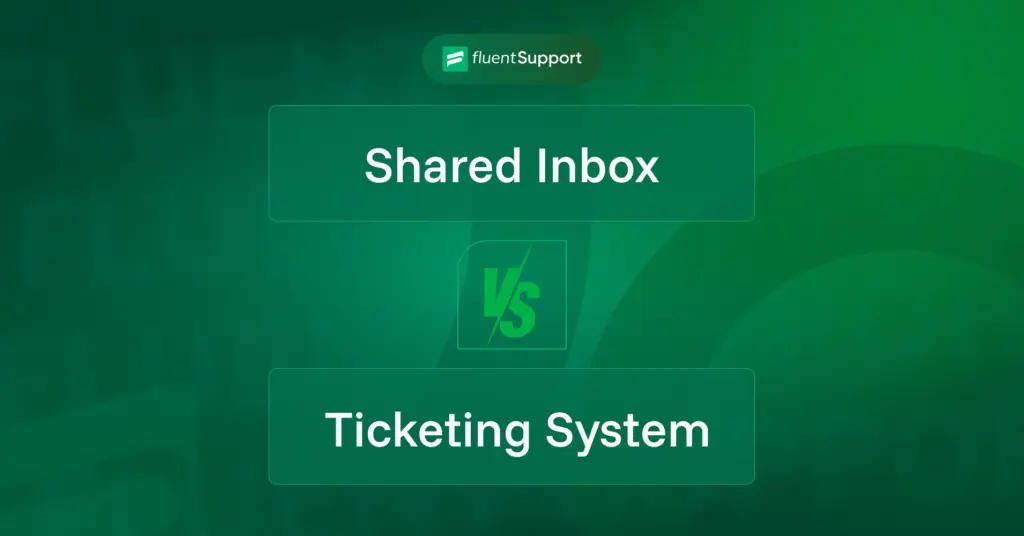
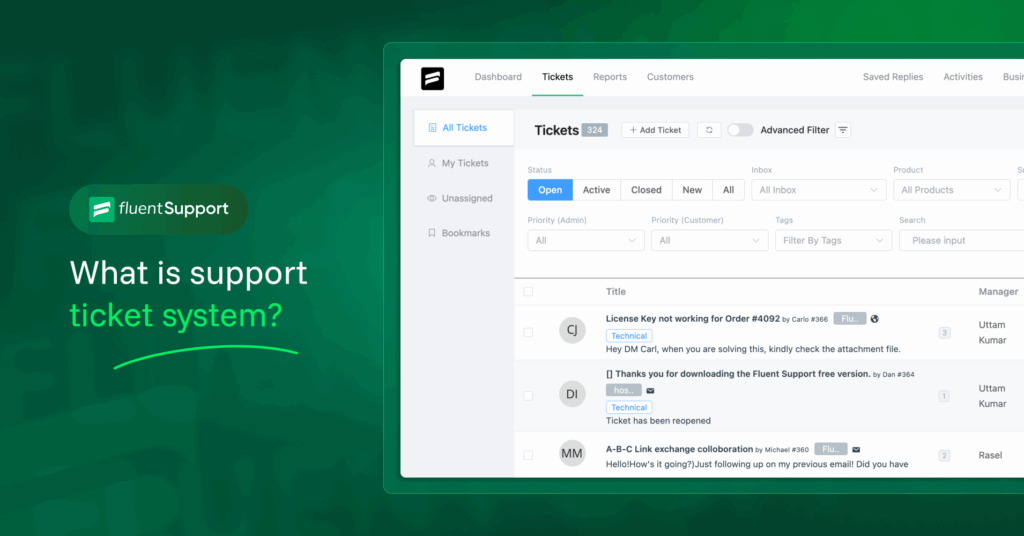

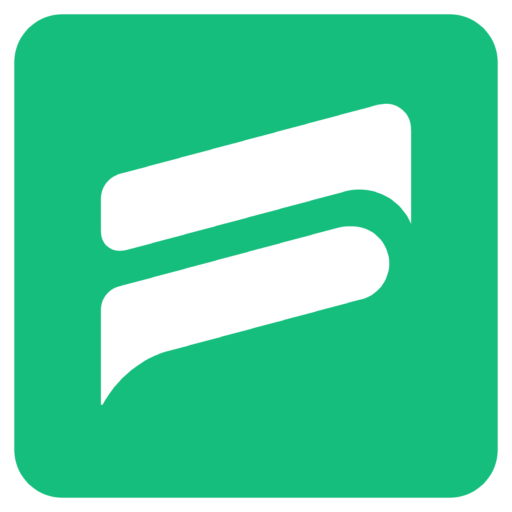
Leave a Reply